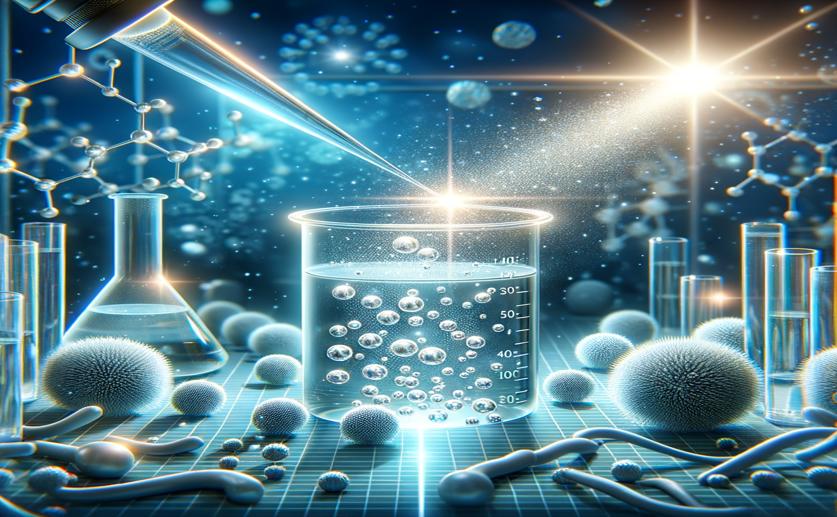
Light-driven Creation of Custom-sized Silver Nanoparticles Using Yeast Extract
Greg Howard
15th July, 2024

Image Source: Natural Science News, 2024
Key Findings
- The study by MCI focused on the biosynthesis of silver nanoparticles (Ag-NPs) using Saccharomyces cerevisiae DSM 1333 and visible light
- Using visible light, specifically white light, significantly increased the yield of Ag-NPs by more than 90%
- The size of the Ag-NPs was controlled by light intensity, with particle sizes reducing from 130 nm to 100 nm as light intensity increased
References
Main Study
1) Light-mediated biosynthesis of size-tuned silver nanoparticles using Saccharomyces cerevisiae extract
Published 14th July, 2024
https://doi.org/10.1007/s00449-024-03060-x
Related Studies
2) Silver Nanoparticles against Foodborne Bacteria. Effects at Intestinal Level and Health Limitations.
3) Silver nanoparticle in biosensor and bioimaging: Clinical perspectives.
4) Microorganisms as efficient biosystem for the synthesis of metal nanoparticles: current scenario and future possibilities.
5) Application of Nanotechnology in Food Science: Perception and Overview.



 12th March, 2024 | Jim Crocker
12th March, 2024 | Jim Crocker